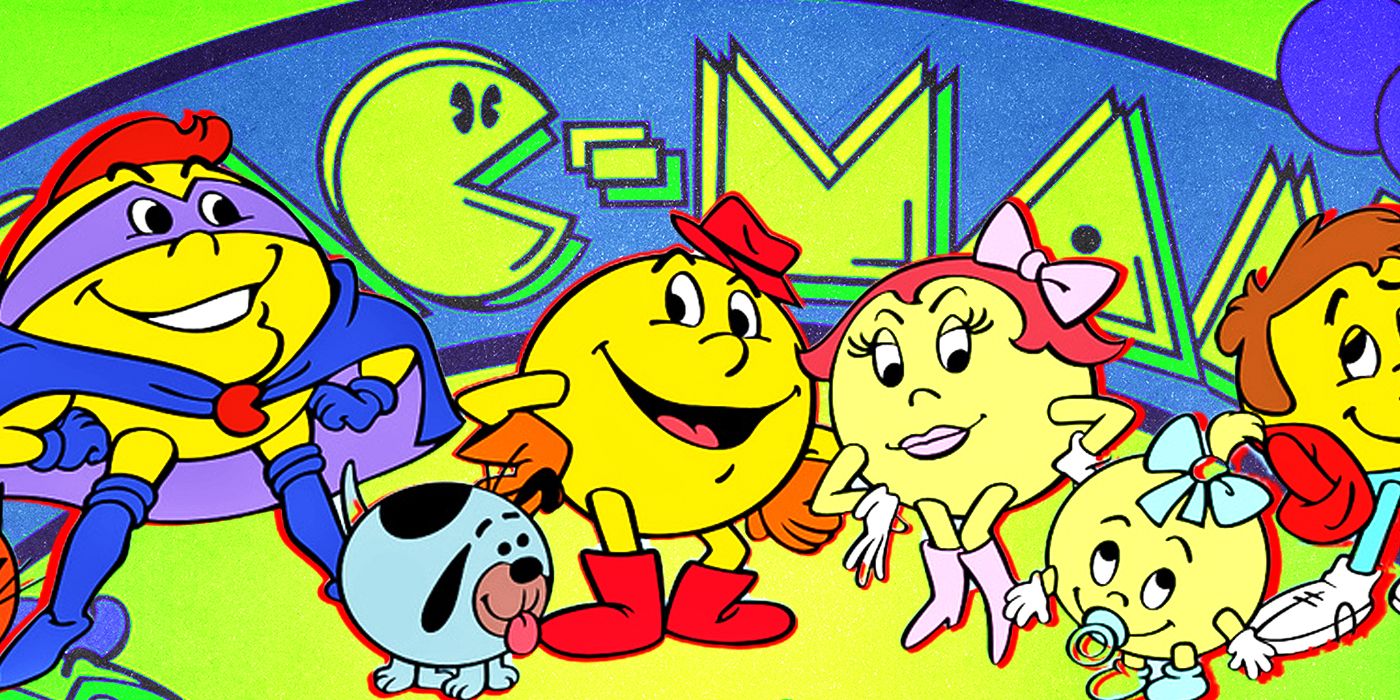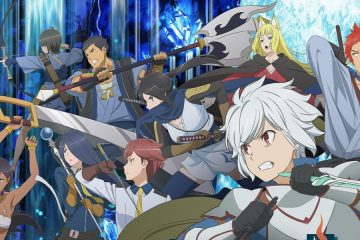Ah, the Good Old Days, when kids would sneak quarters out of their mom’s purses, so they could run down to the corner store and get a few games of Pac-Man in before dinner. When every local pizza place, bowling alley, and department store had an arcade cab or two playing in the back corner. Younger players would watch in wide-eyed fascination as the old veterans put in the work and earned ridiculous high scores in Galaxian and Tempest. Walking into an arcade felt like walking into another world, with a veritable assault of the senses coming from every direction. Flashing lights, boops, beeps, jingles, punches, explosions, the roar of engines, the rattle of change pouring out of cash machines: gaming was an experience. The idea of bringing those arcade games home was like a dream, and no matter how hard home consoles like the Atari 2600 and the Intellivision tried, nothing equaled playing a genuine arcade game.The late ’70s to the early ’80s is referred to as The Golden Age of Gaming for many reasons. Some of the most famous and seminal video games of all time, like Space Invaders, Defender, and Galaga, were developed during this time. More importantly, video game greats such as Pac-Man, Donkey Kong, and more also debuted. Video arcade games had evolved from the simple black-and-white games of the mid-’70s; while Sea Wolf and Night Driver were groundbreaking for their time, titles such as Q*Bert and Frogger pushed arcade gaming to new heights. The unheard-of popularity of gaming ensured that arcade games would inevitably find their way into players’ homes. Home console ports weren’t enough; toy merchandising, snack foods, and animated cartoon adaptations were all proof positive that arcade video madness was taking the world by storm. While many people today might know about the classic Super Mario Bros. Super Show from 1989, there were many more cartoon series that predated it. As a matter of fact, the ’80s were brimming with animated arcade goodness, with some of gaming’s greatest series receiving their own Saturday morning specials.Not to be outdone by Namco’s round yellow mascot, CBS decided to up the ante and delivered a show that featured not one, not two, not even three, but seven different video game series in one. 1983’s Saturday Supercade was produced by Ruby-Spears Productions and gave young gamers exactly what it promised. Every episode of Saturday Supercade contained shorts featuring Frogger, Donkey Kong, Donkey Kong Junior, Q*Bert, Pitfall, Kangaroo, and Space Ace. Each short put its respective characters into a multitude of silly situations, usually having nothing to do with the original games. Frogger, for example, is a reporter for The Swamp Gazette and goes on adventures as he looks for good stories. A Donkey Kong short involved Mario, Pauline, and the mischievous ape getting shrunk to toy-size. In many ways, the shorts were video game-themed in name only, with the main characters being largely altered versions of their original selves. As cute as it was to watch Q*Bert deal with local greaser-style ruffians, the episode could have played out virtually the same with any other main character. In fairness, though, watching an entire episode of Q*Bert hopping around and changing platforms into different colors wouldn’t be very engaging. Saturday Supercade was a cavalcade of video game content that brought dozens of characters to life for the very first time.
Ah, the Good Old Days, when kids would sneak quarters out of their mom’s purses, so they could run down to the corner store and get a few games of Pac-Man in before dinner. When every local pizza place, bowling alley, and department store had an arcade cab or two playing in the back corner. Younger players would watch in wide-eyed fascination as the old veterans put in the work and earned ridiculous high scores in Galaxian and Tempest. Walking into an arcade felt like walking into another world, with a veritable assault of the senses coming from every direction. Flashing lights, boops, beeps, jingles, punches, explosions, the roar of engines, the rattle of change pouring out of cash machines: gaming was an experience. The idea of bringing those arcade games home was like a dream, and no matter how hard home consoles like the Atari 2600 and the Intellivision tried, nothing equaled playing a genuine arcade game.
The late ’70s to the early ’80s is referred to as The Golden Age of Gaming for many reasons. Some of the most famous and seminal video games of all time, like Space Invaders, Defender, and Galaga, were developed during this time. More importantly, video game greats such as Pac-Man, Donkey Kong, and more also debuted. Video arcade games had evolved from the simple black-and-white games of the mid-’70s; while Sea Wolf and Night Driver were groundbreaking for their time, titles such as Q*Bert and Frogger pushed arcade gaming to new heights. The unheard-of popularity of gaming ensured that arcade games would inevitably find their way into players’ homes. Home console ports weren’t enough; toy merchandising, snack foods, and animated cartoon adaptations were all proof positive that arcade video madness was taking the world by storm. While many people today might know about the classic Super Mario Bros. Super Show from 1989, there were many more cartoon series that predated it. As a matter of fact, the ’80s were brimming with animated arcade goodness, with some of gaming’s greatest series receiving their own Saturday morning specials.
Not to be outdone by Namco’s round yellow mascot, CBS decided to up the ante and delivered a show that featured not one, not two, not even three, but seven different video game series in one. 1983’s Saturday Supercade was produced by Ruby-Spears Productions and gave young gamers exactly what it promised. Every episode of Saturday Supercade contained shorts featuring Frogger, Donkey Kong, Donkey Kong Junior, Q*Bert, Pitfall, Kangaroo, and Space Ace. Each short put its respective characters into a multitude of silly situations, usually having nothing to do with the original games. Frogger, for example, is a reporter for The Swamp Gazette and goes on adventures as he looks for good stories. A Donkey Kong short involved Mario, Pauline, and the mischievous ape getting shrunk to toy-size. In many ways, the shorts were video game-themed in name only, with the main characters being largely altered versions of their original selves. As cute as it was to watch Q*Bert deal with local greaser-style ruffians, the episode could have played out virtually the same with any other main character. In fairness, though, watching an entire episode of Q*Bert hopping around and changing platforms into different colors wouldn’t be very engaging. Saturday Supercade was a cavalcade of video game content that brought dozens of characters to life for the very first time.
#Quarters #Required #Remembering #Gamings #Earliest #Animated #Series
Note:- (Not all news on the site expresses the point of view of the site, but we transmit this news automatically and translate it through programmatic technology on the site and not from a human editor. The content is auto-generated from a syndicated feed.))



